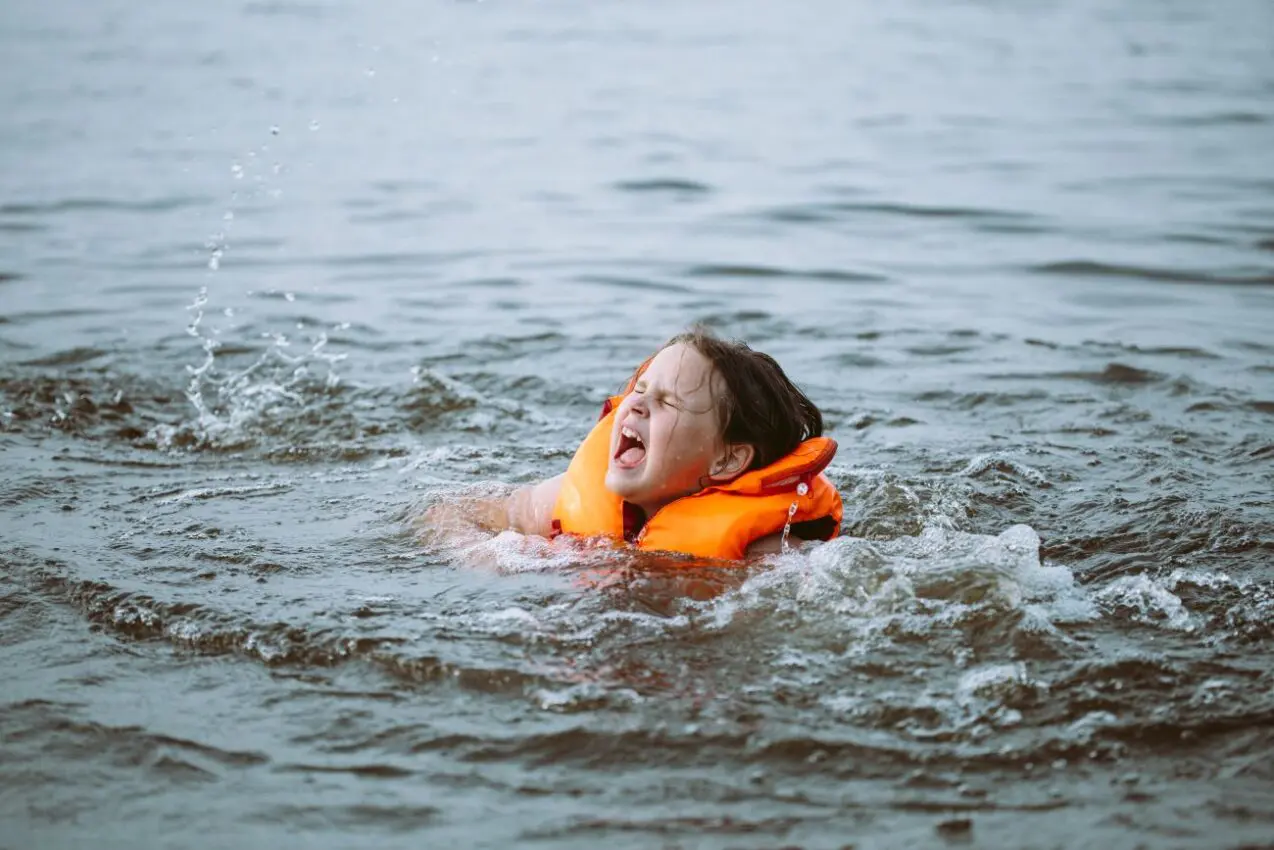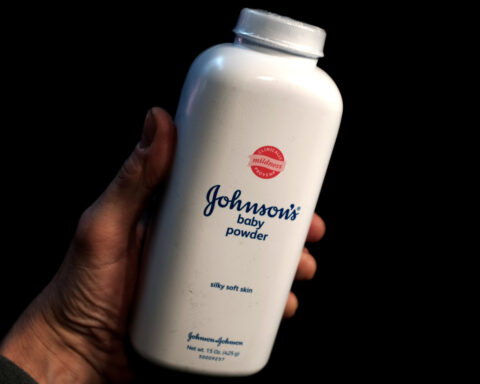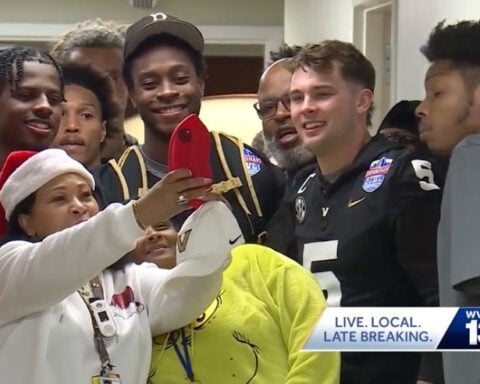Lately, terms like "dry drowning" and "secondary drowning" have been making more appearances in the media. While these terms describe specific conditions related to water, doctors just call it all "drowning."
"Drowning is drowning," says Dr. Michael D. Patrick, Jr., an emergency medicine physician and associate professor at Ohio State University. Regardless of whether water fully enters the lungs or symptoms appear later, doctors treat all cases the same. In a USA Today article, he explains that it doesn't matter if your lungs filled up with water or if symptoms appeared later on. "Generally, doctors refer to it all as drowning," he said.
Telltale signs include struggling silently, remaining still, having stiff arms, and a bobbing head in the water.

The condition commonly dubbed "dry drowning" happens when water is inhaled through the nose or mouth, causing the vocal cords to spasm and restrict airflow to the lungs. "A misconception is that this event could occur hours after exposure to water, but more likely this would occur immediately," Patrick said.
On the other hand, "secondary drowning" describes situations where small amounts of water enter the lungs, initially not blocking oxygen delivery. "Sometimes you can get a little bit of water down in the lungs, but it's not enough to actually impede oxygen delivery," Patrick clarifies.
However, even a modest quantity of water can rinse away the surfactant, a substance that maintains the air sacs in the lungs open. In response, the body draws fluid into the lungs, resulting in a condition known as pulmonary edema. "The biggest myth is that it can occur days after a submersion event. It does not – it still is within 24 hours," Patrick stated.
Close monitoring is crucial during the 24-hour period after any water exposure incident. "If they're fine at the 24-hour mark, they're going to remain fine," Patrick says.
Should symptoms such as a persistent cough, wheezing, chest tightness, or breathing discomfort manifest, Patrick emphasizes seeking immediate medical attention by calling 911.

 Israeli attorney general orders probe into report that alleged Netanyahu's wife harassed opponents
Israeli attorney general orders probe into report that alleged Netanyahu's wife harassed opponents
 Peru declares environmental emergency after oil spill
Peru declares environmental emergency after oil spill
 The strike against Amazon is over but Teamsters warn: ‘Stay tuned’
The strike against Amazon is over but Teamsters warn: ‘Stay tuned’
 Bad Bunny announces a new album, 'Debí Tirar Más Fotos'
Bad Bunny announces a new album, 'Debí Tirar Más Fotos'
 Column-Why US Congress restored Social Security benefits for public-sector retirees: Mark Miller
Column-Why US Congress restored Social Security benefits for public-sector retirees: Mark Miller
 Pat Riley says the Miami Heat will not trade Jimmy Butler
Pat Riley says the Miami Heat will not trade Jimmy Butler
 ‘Wicked’ will make its streaming debut on New Year’s Eve, with deleted and extended scenes
‘Wicked’ will make its streaming debut on New Year’s Eve, with deleted and extended scenes








